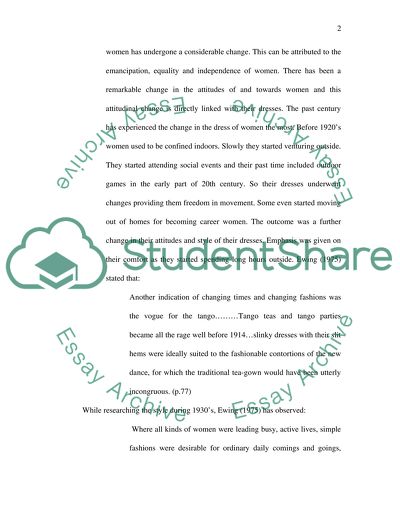Cite this document
(“Fashion is dress in which the key feature is rapid changing of style Essay”, n.d.)
Retrieved from https://studentshare.org/visual-arts-film-studies/1514295-fashion-is-dress-in-which-the-key-feature-is-rapid-changing-of-style
Retrieved from https://studentshare.org/visual-arts-film-studies/1514295-fashion-is-dress-in-which-the-key-feature-is-rapid-changing-of-style
(Fashion Is Dress in Which the Key Feature Is Rapid Changing of Style Essay)
https://studentshare.org/visual-arts-film-studies/1514295-fashion-is-dress-in-which-the-key-feature-is-rapid-changing-of-style.
https://studentshare.org/visual-arts-film-studies/1514295-fashion-is-dress-in-which-the-key-feature-is-rapid-changing-of-style.
“Fashion Is Dress in Which the Key Feature Is Rapid Changing of Style Essay”, n.d. https://studentshare.org/visual-arts-film-studies/1514295-fashion-is-dress-in-which-the-key-feature-is-rapid-changing-of-style.


